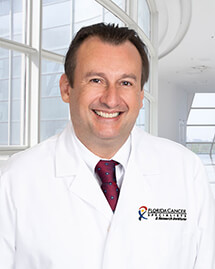Pembrolizumab Plus Carboplatin and Paclitaxel as First-Line Therapy for Recurrent/Metastatic Head and Neck Squamous Cell Carcinoma (KEYNOTE-B10): A Single-Arm Phase IV Trial
Based on these findings, Carbo/Taxol+Pembro is an active regimen in met-HNC and an option for those patients who are not good candidates for 5FU based therapy.
